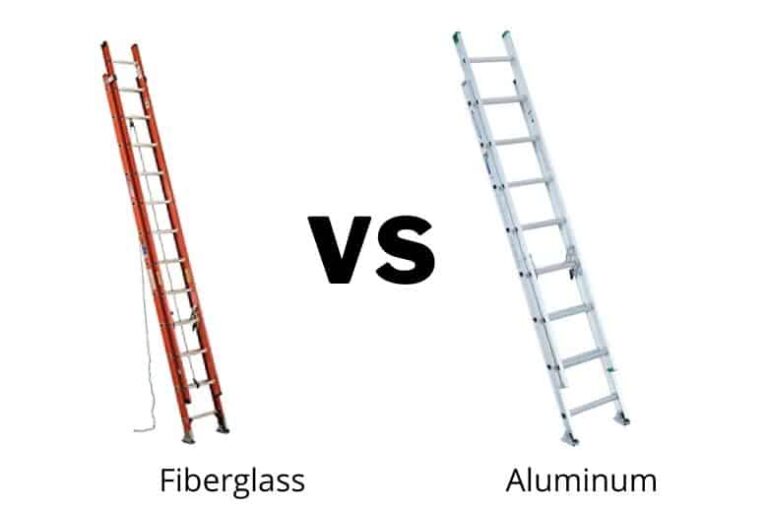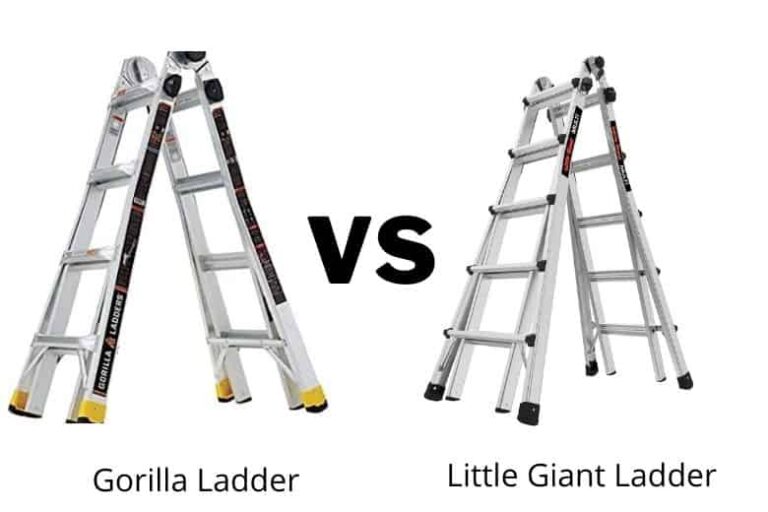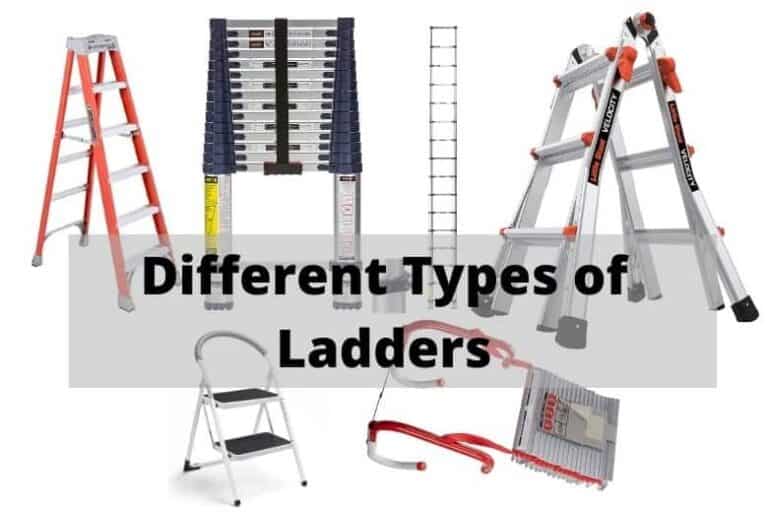Can Fiberglass Insulation Touch Electrical Wires?
Fiberglass insulation is commonly used in residential and commercial buildings to provide thermal and acoustic insulation. It is a cost-effective and efficient solution to reduce heat transfer and noise transmission.
However, when it comes to electrical wiring, there are certain precautions that need to be taken to ensure safety. In this article, we will explore the question of whether fiberglass insulation can touch electrical wires, and discuss the potential risks and guidelines for proper installation.
Understanding Fiberglass Insulation
Before we delve into the topic of fiberglass insulation and electrical wires, let’s first gain a basic understanding of how fiberglass insulation works. Fiberglass insulation is made of tiny glass fibers, typically held together by a binder. These fibers create millions of air pockets, which slow down the movement of heat and sound, providing insulation properties.
Fiberglass insulation is available in various forms, including batts, rolls, and loose-fill. Batts and rolls are commonly used in wall and ceiling cavities, while loose-fill is often used in attics and crawl spaces. The flexibility of fiberglass insulation makes it easy to install and fit into different spaces.
Electrical Wiring and Safety
When it comes to electricity, safety should always be a top priority. Electrical wires carry current and any contact with them can result in potential hazards like electric shock or fire. It is essential to follow proper safety practices and guidelines when working with electrical wiring or installing insulation around it.
Can Fiberglass Insulation Touch Electrical Wires?
To answer the question directly, fiberglass insulation should not touch electrical wires. Electrical wires generate heat when carrying current, and the close proximity of insulation can trap this heat, potentially leading to overheating and fire hazards. Therefore, it is crucial to maintain a safe distance between electrical wires and insulation materials.
Risks of Fiberglass Insulation Touching Electrical Wires
Let’s now discuss the risks associated with fiberglass insulation coming into contact with electrical wires:
- Heat Trapping: As mentioned earlier, fiberglass insulation creates air pockets that slow down heat transfer. If the insulation comes into direct contact with electrical wires, it can trap the heat generated by the wires, leading to overheating and a potential fire hazard.
- Physical Damage: When insulation touches electrical wires, it may cause friction and abrasion, which can damage the wire’s protective insulation. This can expose the wire and increase the risk of electrical shorts or electrical shock.
- Moisture Retention: Fiberglass insulation can absorb and retain moisture. If the insulation touches electrical wires and gets wet, it can compromise the integrity of the wire’s insulation, increasing the chances of short circuits or ground faults.
It is evident from these risks that proper insulation installation is crucial to ensure the safety of electrical systems.
Guidelines for Installing Fiberglass Insulation Safely
To ensure the safe installation of fiberglass insulation around electrical wiring, follow these guidelines:
- Maintain Clearance: Keep a minimum clearance of 3 inches (7.6 cm) between fiberglass insulation and electrical wires. This distance allows for proper air circulation and prevents heat trapping.
- Use Protective Covering: Install a protective covering, such as plastic or PVC conduit, around the electrical wires before insulating. This adds an additional layer of protection and prevents direct contact between the wires and insulation.
- Avoid Compression: Do not compress the insulation between the framing and electrical wires, as this can increase the risk of heat trapping and physical damage. Ensure proper fitting without putting excessive pressure on the wires.
- Seal Gaps: Seal any gaps or openings in the insulation with approved materials to prevent the infiltration of moisture. Moisture can lead to insulation degradation and compromise the integrity of the electrical system.
- Consult a Professional: For complex installations or if you are uncertain about the safety measures, it is always recommended to consult a licensed electrician or insulation professional. They can provide expert guidance and ensure compliance with safety codes.
Frequently Asked Questions (FAQs)
- Can I use fiberglass insulation in the attic?
- Yes, fiberglass insulation is commonly used in attics to provide thermal insulation. However, it should be installed carefully, ensuring it does not touch any electrical wires.
- What are the alternatives to fiberglass insulation?
- There are several alternatives to fiberglass insulation, including cellulose insulation, spray foam insulation, and mineral wool insulation. Each has its own advantages and suitability for different applications.
- How can I identify electrical wires before installing insulation?
- It is crucial to identify electrical wires before insulation installation. You can use a non-contact voltage detector or consult a licensed electrician to ensure the safety of the installation process.
- Can I install fiberglass insulation around recessed lights?
- Special precautions need to be taken when insulating around recessed lights. It is important to use insulation-rated recessed light fixtures and maintain proper clearance to avoid overheating and fire hazards.
- Is it safe to install fiberglass insulation in a crawl space?
- Yes, fiberglass insulation can be installed in a crawl space, but proper insulation and moisture control measures should be followed to avoid moisture retention and potential damage to the insulation.
Conclusion
In conclusion, fiberglass insulation should not touch electrical wires due to the potential risks it poses. Heat trapping, physical damage, and moisture retention are some of the hazards associated with improper insulation installation. By following proper guidelines, maintaining clearance, and seeking professional advice when needed, you can ensure a safe and efficient insulation installation while keeping electrical systems secure. Remember, safety should always be a priority when working with electrical wiring.



